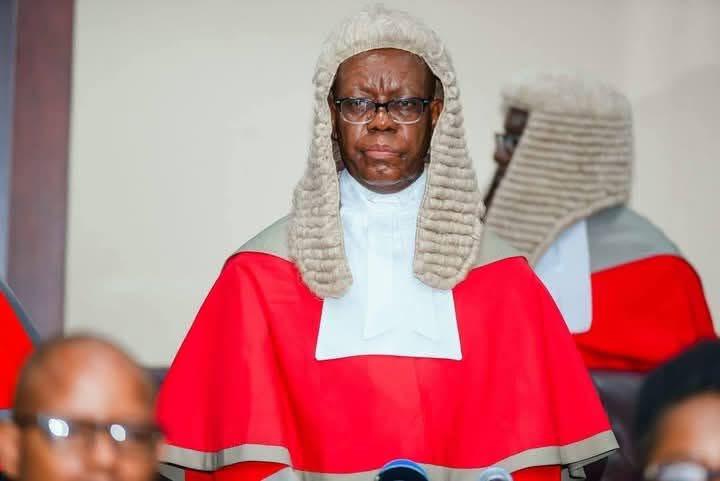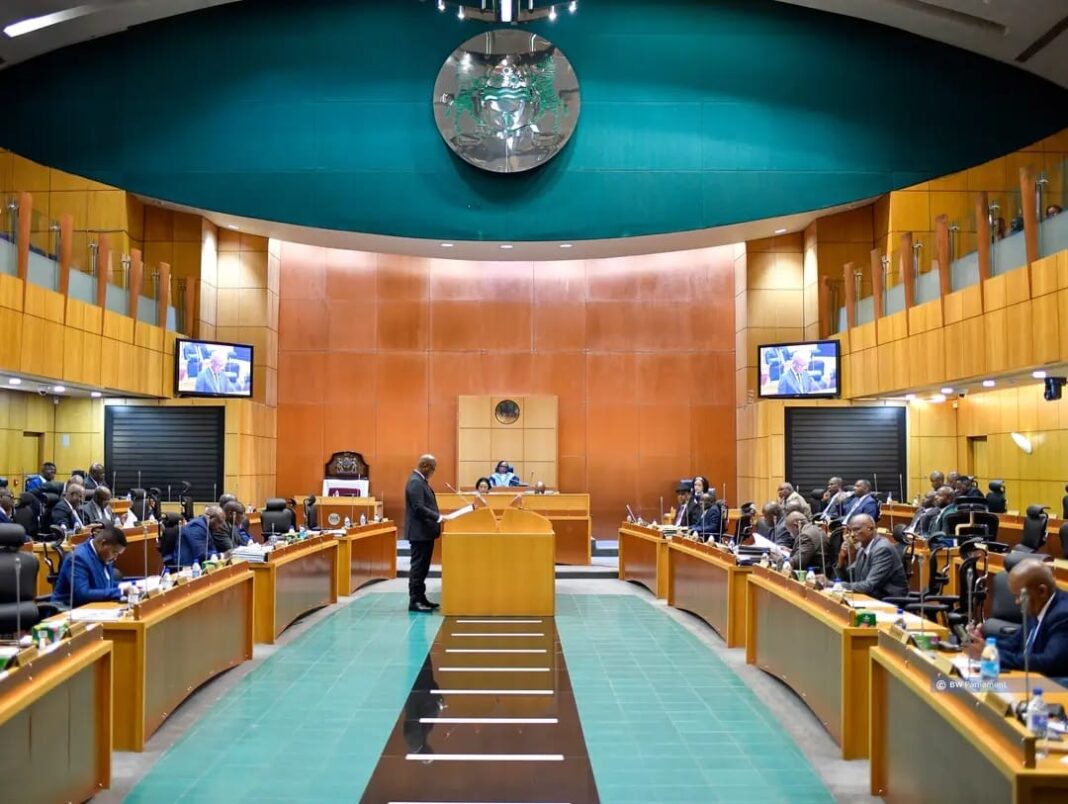The global financial landscape is currently divided between a defensive, fear-driven gold surge and a necessary structural correction in Botswana’s diamond economy. Yet, for astute investors, this moment of crisis in the diamond sector has created a generational investment opportunity, positioning Botswana’s stable, diversified future as a fundamentally superior long-term play compared to the non-yielding appreciation of the safe-haven metal.
Stability as the Premier Asset
While global anxiety over monetary policy and geopolitical conflict pushes gold prices to record highs—a rally fueled by systemic distrust and non-productive accumulation—Botswana offers a rare asset: institutional resilience. This upper-middle-income nation’s governance framework, characterized by low corruption, political stability, and transparent resource management, has allowed it to avoid the “natural resource curse.” This bedrock of stability was recently affirmed by a smooth, constitutional transfer of power following the October 2024 elections, validating the depth of its democratic traditions and checks and balances.
This institutional strength is the most compelling argument for Foreign Direct Investment (FDI), contrasting sharply with the passive preservation thesis of gold.
Strategic Pivot from Luxury to Growth
The record gold boom is paradoxically counter-correlated with Botswana’s immediate prosperity, as the global uncertainty driving the gold rally simultaneously depresses demand for its primary luxury export, natural diamonds. This has necessitated an urgent strategic pivot away from the highly concentrated diamond sector, which historically accounted for approximately 80% of exports and is facing structural challenges from lab-grown competition and expected depletion by 2029.
The government’s response is both decisive and strategic:
Currency as an Incentive: The Bank of Botswana has intentionally accelerated the depreciation of the Pula. This policy move is not a sign of failure but a strategic decision to enhance the competitiveness of domestic producers and make the nation’s assets and labor cheaper in dollar terms for foreign capital, directly stimulating non-mineral exports.
Sovereign Management: The nation’s discipline is demonstrated by the use of its Pula Fund (Sovereign Wealth Fund) as a buffer against fiscal strain, providing a controlled environment for structural reform.
Targeting Capital for a Diversified Future
The government’s Economic Diversification Drive (EDD) is actively channeling capital toward sustainable, high-growth sectors, creating a rich pipeline of opportunities for strategic investors at a time when assets are undervalued due to the sectoral correction.
Key investment pillars include:
Critical Minerals: The mining focus is shifting to copper, nickel, and uranium, building on institutional capacity for resource management. New policy mandates now require a 24% local ownership stake in new mining concessions, ensuring sustainable wealth retention.
High-Growth Sectors: Investment is being promoted in Financial Services (especially FinTech), Renewable Energy, AI, and digital infrastructure. Tourism and Agriculture are also key conduits for diversification and job creation.
Investor Facilitation: To actively attract global liquidity, Botswana offers reduced corporate tax rates of 15% for innovation, manufacturing, and financial services, alongside streamlined processes through One-Stop Services. The government is also launching a Citizenship-by-Investment (CI-B) program to directly attract capital into strategic non-diamond sectors.
In conclusion, while accumulating gold is a tactical hedge against global disorder, investing in Botswana’s institutional framework and structural pivot is a strategic bet on controlled growth and long-term stability. The capital committed now funds a productive solution, offering a more compelling risk/reward profile than the passive safe-haven scramble.



